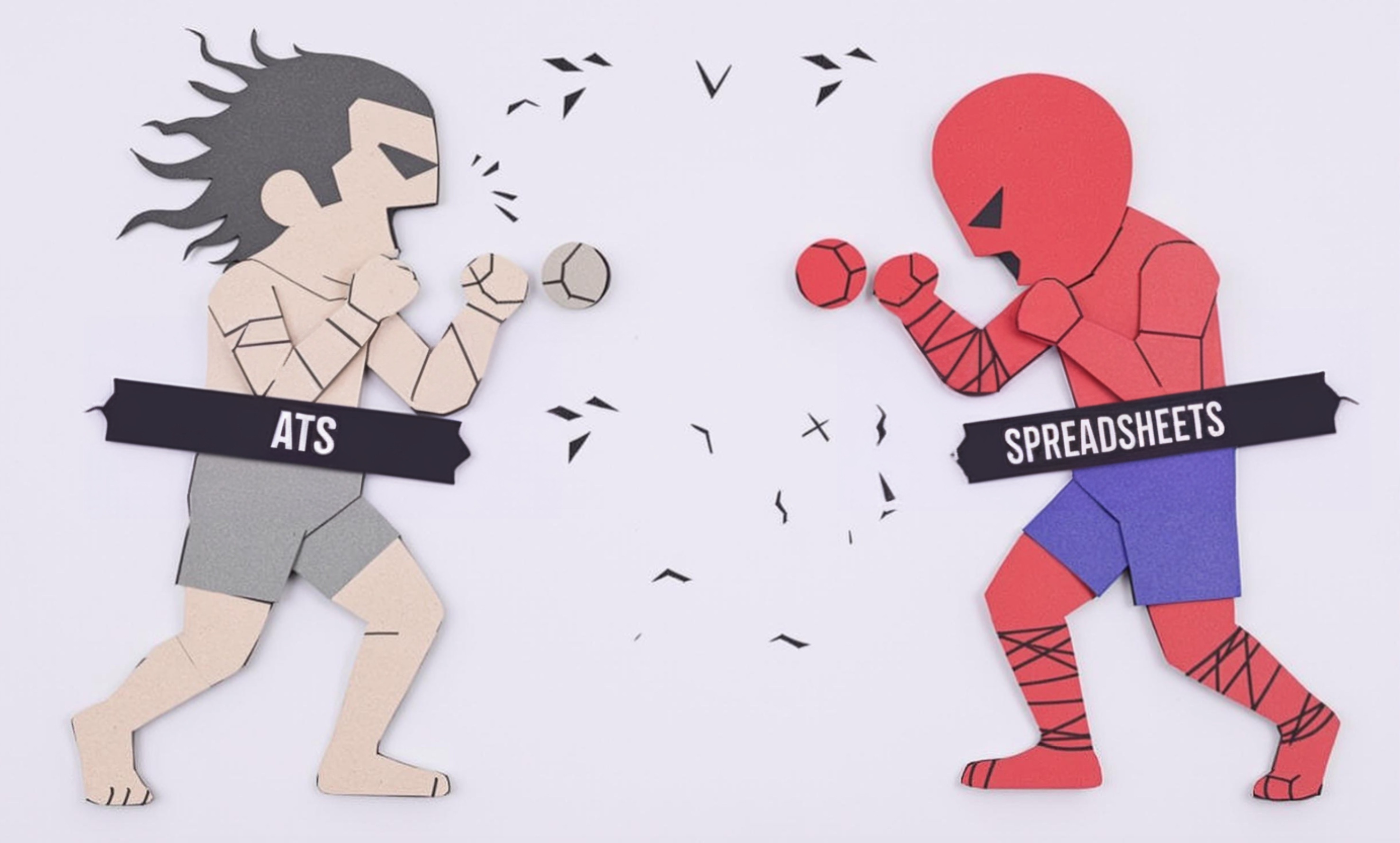
Character Sheet
A Character Sheet is a detailed visual reference document that artists create to show all aspects of a character's design. It's like a blueprint that shows how a character looks from different angles, their expressions, key poses, and important details like clothing or accessories. These sheets are essential tools in animation, gaming, and entertainment industries, helping to maintain consistency when multiple artists work on the same character. Think of it as a comprehensive visual guide that ensures a character looks the same across different scenes or products.
Examples in Resumes
Created Character Sheet|Character Sheets for main heroes in a mobile game project
Designed detailed Character Sheet|Model Sheet showing turnarounds for animated series characters
Led team of junior artists in developing Character Sheet|Design Sheet standards for game characters
Typical job title: "Character Artists"
Also try searching for:
Where to Find Character Artists
Online Art Communities
Professional Networks
Example Interview Questions
Senior Level Questions
Q: How do you manage a character design pipeline for a large project?
Expected Answer: A senior artist should discuss organizing the workflow, establishing style guides, managing feedback from stakeholders, and ensuring consistency across multiple artists' work. They should mention experience with approval processes and revision management.
Q: How do you approach creating character designs that are both creative and practical for production?
Expected Answer: The answer should cover balancing artistic vision with technical constraints, understanding production limitations (like animation or game engine requirements), and creating designs that can be efficiently produced while maintaining visual appeal.
Mid Level Questions
Q: What elements do you include in a professional character sheet?
Expected Answer: They should mention front, side, and back views, facial expressions, key poses, color schemes, size comparisons, and important design details. Should also discuss how these elements help other artists understand the character.
Q: How do you maintain consistency in character design across multiple sheets?
Expected Answer: Should explain using style guides, maintaining proportion charts, creating clear notes and annotations, and implementing feedback systems to ensure consistency.
Junior Level Questions
Q: What basic views are essential in a character sheet?
Expected Answer: Should know the fundamental views: front, side (profile), and back view, and explain why these are important for understanding the character's full design.
Q: How do you organize information on a character sheet?
Expected Answer: Should describe basic layout principles, clear labeling, and how to arrange different character aspects (main poses, expressions, details) in a logical, easy-to-read manner.
Experience Level Indicators
Junior (0-2 years)
- Basic character sketching and design
- Understanding of anatomy
- Simple character sheet layouts
- Basic digital art tools
Mid (2-5 years)
- Complex character designs
- Style adaptation
- Detailed expression sheets
- Efficient workflow management
Senior (5+ years)
- Leading character design teams
- Creating style guides
- Pipeline management
- Client communication
Red Flags to Watch For
- No understanding of basic anatomy or proportions
- Unable to maintain consistent character details across different views
- Lack of knowledge about industry standard file formats and software
- No experience with taking and implementing feedback
Related Terms
Need more hiring wisdom? Check these out...

Why Your Hiring Spreadsheets Are Secretly Sabotaging Your Recruitment

Automated Scorecards in ATS Systems: Your Secret Weapon for Smarter Hiring Decisions

Beyond Spreadsheets: Why Executive Dashboards in ATS Systems Are Your Secret Hiring Weapon

